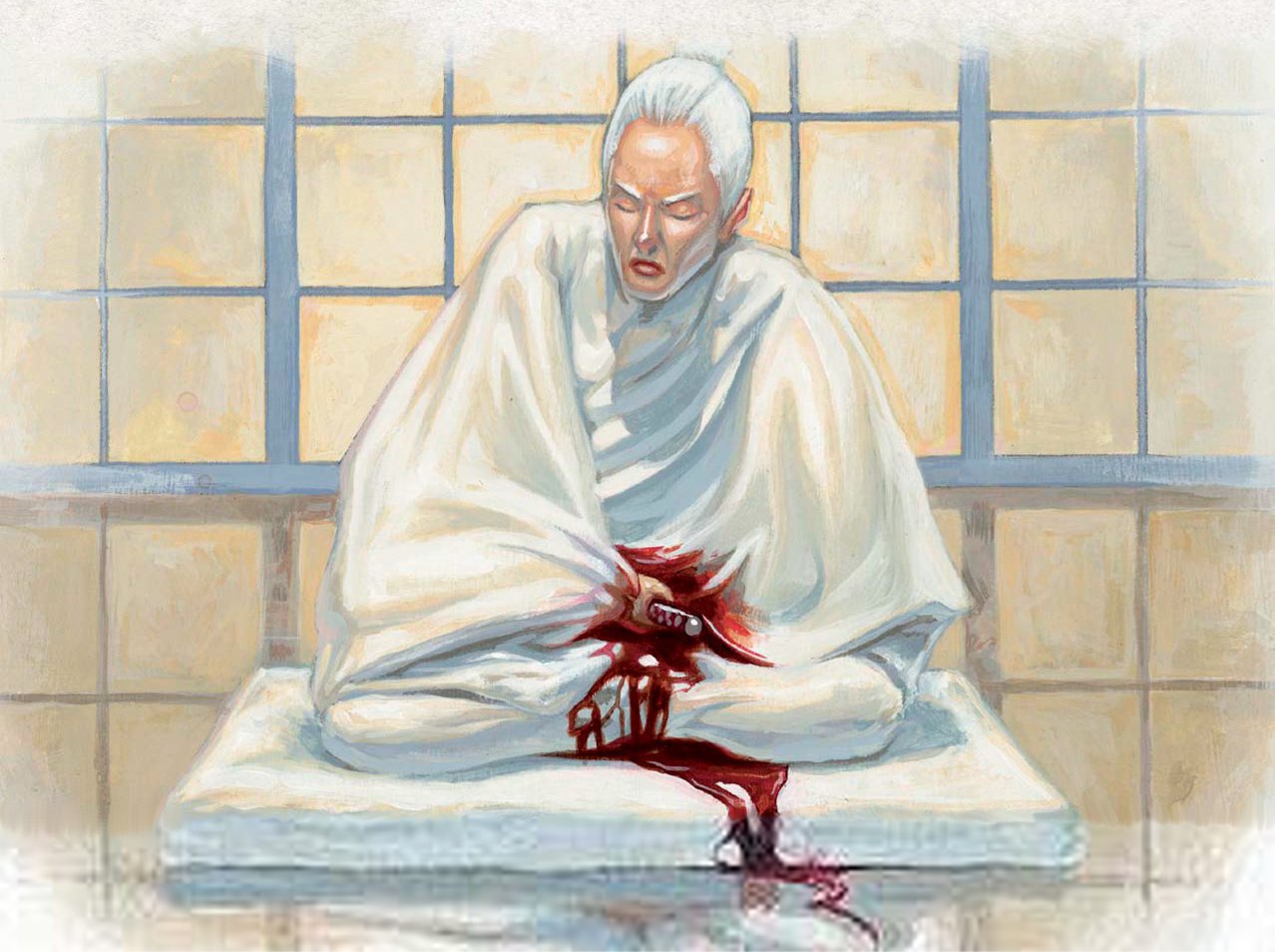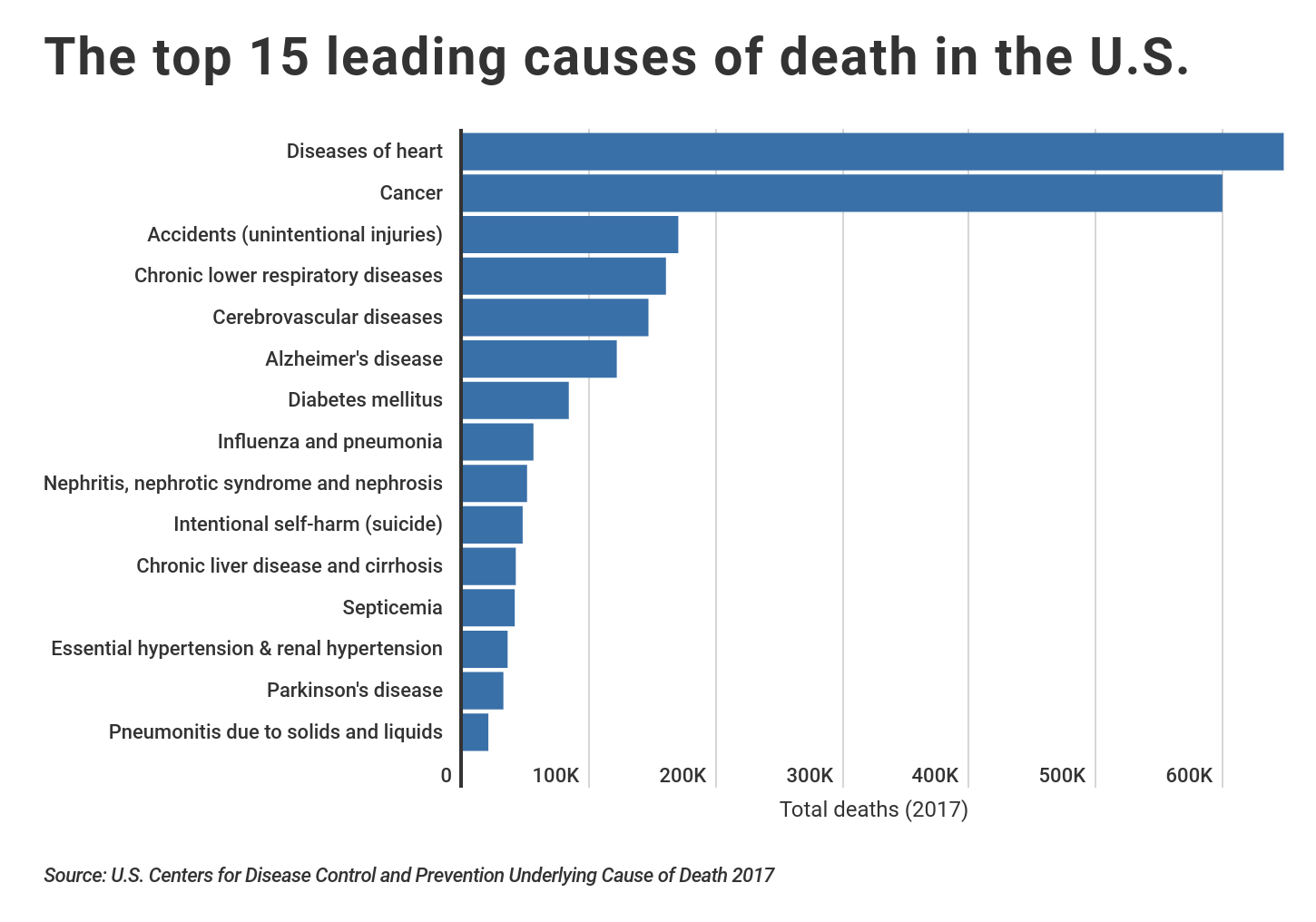This is what happens when you have an otherwise perfect and healthy society which has failed to deal with the alienation that is created by urbanism.
A Cabinet of Japan white paper published this week contained some troubling suicide statistics. Using data collected during 2019, there were 659 cases of suicides among people aged 10-19, an increase of 60 over the previous year.
This raised the rate of suicides per 100,000 people in the 10-19 age group to 3.1, an annual increase of 0.3 and the highest on record since such statistics began being recorded (as a side note, the Japanese language has no word for “teenager,” which is why the demographic is set as 10-19). Another sobering point of the report: suicide was the leading cause of death among Japanese citizens aged 15-39, and when compared against WHO statistics, Japan is the only economically advanced country where suicide is the leading cause of death among those 15-34.
Suicide being the primary cause of death among Japanese teens and young adults isn’t an entirely new situation for Japan, however. The country has long had very low levels of violent crime and street violence, and a reliance on extremely safe public transportation means fewer traffic accidents, all of which are disproportionally large causes for death among young-and-healthy demographics in any other nations. Factor in Japan’s extensive health care system and national health insurance, and disease is also far less of a threat to young Japanese people than it could be otherwise.
Their suicide rate may be high, but it is still very much in the range of America, where according to the National Institutes of Health, we have 14.2 suicides per 100,000. Japan’s total in 2017 was 14.9 per 100,000.
Suicide is their leading cause of death among young people because they don’t have the problems with violent crime, drug addiction, obesity and other health problems that the US has.
Obviously that chart includes all ages, but if Japan had the obesity and drug problems, or used cars as their primarily mode of transport, suicide would not be their main cause of death in the 15-39 range.
I’ve long called for people to be locked in their houses until they stop eating so many cheap carbs. But the US government has refused me.
But yes: Japan has a high suicide rate.
Part of that is that they are just depressive people by nature, since they have the highest average IQs and thus the highest dopamine reward thresholds.
Blacks have the the lowest IQs and thus the lowest reward thresholds, and thus the highest self-esteem and lowest stress. This is so well documented that even liberals have to admit it, and then try to fit it into a racial oppression model of society.
Of course, it has nothing to do with racial oppression. Even if blacks were racially oppressed, they would still have the least stress, as it is just fundamental neurobiology. Obviously, environment does affect stress levels, but they are so prone to low stress, that they could withstand very high levels of external pressure without ever reaching the level of stress that a middle class white person feels.
(Note: This reverse correlation between IQ and dopamine rewards is not always true. For whichever reason, the Amerindians have both low IQs and high stress.)
But here’s the thing about Japan: they are dealing with the fallout of urbanism, which has collapsed family and other interpersonal relationships. Even without feminism, the family has collapsed as a result of urbanism, with people not having interest in sex at all, and thus not being driven to deal with the struggles of marriage. Men consume large amounts of pornography, and although there isn’t feminism as we think of it in the West, the women are allowed to work and support themselves so they don’t need a man.
This was all predicted by the John B. Calhoun Rat and Mouse Utopias.
https://www.youtube.com/watch?v=0Z760XNy4VM
He gave the mice unlimited access to food within a confined space, and they bred until they were crowded and then became anti-social, sexually deviant cannibals.
Urbanism causes something called “the behavioral sink.”
In the early 1960s, the National Institute of Mental Health (NIMH) acquired property in a rural area outside Poolesville, Maryland. The facility that was built on this property housed several research projects, including those headed by Calhoun. It was here that his most famous experiment, the mouse universe, was created.[1] In July 1968, four pairs of mice were introduced into the habitat. The habitat was a 9-foot (2.7 m) square metal pen with 4.5-foot-high (1.4 m) sides. Each side had four groups of four vertical, wire mesh “tunnels.” The “tunnels” gave access to nesting boxes, food hoppers, and water dispensers. There was no shortage of food or water or nesting material. There were no predators. The only adversity was the limit on space.
Initially, the population grew rapidly, doubling every 55 days. The population reached 620 by day 315, after which the population growth dropped markedly, doubling only every 145 days. The last surviving birth was on day 600, bringing the total population to a mere 2200 mice, even though the experiment setup allowed for as many as 3840 mice in terms of nesting space. This period between day 315 and day 600 saw a breakdown in social structure and in normal social behavior. Among the aberrations in behavior were the following: expulsion of young before weaning was complete, wounding of young, increase in homosexual behavior, inability of dominant males to maintain the defense of their territory and females, aggressive behavior of females, passivity of non-dominant males with increased attacks on each other which were not defended against.
After day 600, the social breakdown continued and the population declined toward extinction. During this period females ceased to reproduce. Their male counterparts withdrew completely, never engaging in courtship or fighting and only engaging in tasks that were essential to their health. They ate, drank, slept, and groomed themselves – all solitary pursuits. Sleek, healthy coats and an absence of scars characterized these males. They were dubbed “the beautiful ones.” Breeding never resumed and behavior patterns were permanently changed.
The conclusions drawn from this experiment were that when all available space is taken and all social roles filled, competition and the stresses experienced by the individuals will result in a total breakdown in complex social behaviors, ultimately resulting in the demise of the population.
Calhoun saw the fate of the population of mice as a metaphor for the potential fate of man. He characterized the social breakdown as a “second death,” with reference to the “second death” mentioned in the Biblical book of Revelation 2:11. His study has been cited by writers such as Bill Perkins as a warning of the dangers of living in an “increasingly crowded and impersonal world.”
“Behavioral sink” is a term invented by ethologist John B. Calhoun to describe a collapse in behavior which can result from overcrowding. The term and concept derive from a series of over-population experiments Calhoun conducted on Norway rats between 1958 and 1962. In the experiments, Calhoun and his researchers created a series of “rat utopias” – enclosed spaces in which rats were given unlimited access to food and water, enabling unfettered population growth. Calhoun coined the term “behavioral sink” in his February 1, 1962 report in an article titled “Population Density and Social Pathology” in Scientific American on the rat experiment. He would later perform similar experiments on mice, from 1968 to 1972.
Calhoun’s work became used as an animal model of societal collapse, and his study has become a touchstone of urban sociology and psychology in general.
He wrote of the 1962 experiment:
Many [female rats] were unable to carry pregnancy to full term or to survive delivery of their litters if they did. An even greater number, after successfully giving birth, fell short in their maternal functions. Among the males the behavior disturbances ranged from sexual deviation to cannibalism and from frenetic overactivity to a pathological withdrawal from which individuals would emerge to eat, drink and move about only when other members of the community were asleep. The social organization of the animals showed equal disruption.
…
The common source of these disturbances became most dramatically apparent in the populations of our first series of three experiments, in which we observed the development of what we called a behavioral sink. The animals would crowd together in greatest number in one of the four interconnecting pens in which the colony was maintained. As many as 60 of the 80 rats in each experimental population would assemble in one pen during periods of feeding. Individual rats would rarely eat except in the company of other rats. As a result extreme population densities developed in the pen adopted for eating, leaving the others with sparse populations.
…
In the experiments in which the behavioral sink developed, infant mortality ran as high as 96 percent among the most disoriented groups in the population.
The studies inspired Ms. Frisby and the Rats of NIMH.
However, unlike in the children’s story, the real rats of NIMH did not have Jenner – that is to say, there were no Jewish rats introduced.
The rat society collapsed simply from the crowding.
Probably, humans could manage crowding scientifically, and maintain a social order that countered these effects. But white people have never had the opportunity, as Jews are always encouraging negative effects, and Japanese are not particularly great with innovation.
So even though this problem is not caused by the Jews per se, I would still blame the Jews, because the Jews are the ones who prevent us from coming up with a solution to it.




